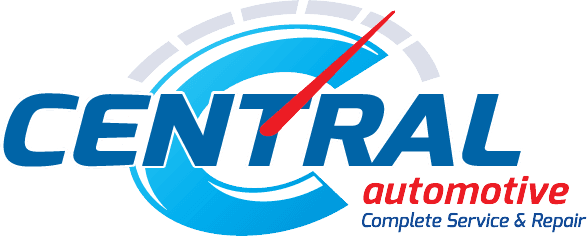It is so important that you get service records when you buy a used car. You may even want to get a pre-purchase inspection to make sure that you’re not buying somebody else’s problem. Service records can tell you if you’re buying a car that has 60,000 miles on it and has had two oil changes, which is something that we do see.
I can tell you from personal experience that I’ve seen cars in the shop such as GMs, Fords, and Chryslers go about 15,000 miles, some of them as high as 20,000, on their original oil as a brand new car. There have been several cars that we’ve put new engines in that don’t even have 25,000 miles on them because somebody forgot to change the oil.
When you buy a new car, whose interest does the car company have in mind when they recommend prolonging the time between services? They want you to come back and buy another car in three or four or five years. So they say to get an oil change every 10,000 miles and services in between.

Photo Credit: dno1967b via Compfight cc
They don’t want you to drive your car for 10 years because there’s nothing in it for them. They want to sell you another car and push that maintenance expense off as long as possible. Then, if you do buy another car, you’re able to push that maintenance expense to a second owner. Manufacturers are looking out for their best interest, not the customer’s.
The best thing that you can do for a car – and this is a general rule for almost any vehicle – is to have it serviced regularly.
By service we mean oil change, brake inspection, tire rotation, lubrication and an overall vehicle inspection. You should do that every 5,000 miles.
Particularly with the road conditions we have in western Washington, cars are working really hard. You hit a pothole, you’ve got road debris, you’ve got a lot of steep hills. You’re in bumper-to-bumper traffic, driving up and down I-405. Sometimes it’ll take an hour and a half to go 20 miles. You’re accelerating, you’re stopping, and you’re doing that over and over and over again. That’s hard on a car. By servicing every 5,000 miles, you really will lower your overall operating cost.
During the service, we check the brakes, the tires, and the suspension. We can paint a picture for that car for the next two or three years. We’ll be able to tell you at your oil change that you’re probably going to need brakes replaced within the next 90 days or the next six months. You’ll be able to plan for it, then come in for a basic brake service.
If you have your vehicle serviced at a quick lube, they don’t inspect those things. They don’t look at your brakes. They don’t rotate your tires. You’ll go in and get the oil changed a couple of times. Then all of a sudden you’re driving down the road and you put your foot on the brake pedal, and you hear a loud grinding sound because your car needs new brakes.

It’s always better to perform regular inspections and regular services on a new or used vehicle. It’s much cheaper in the long run to do a preventative repair as opposed to a breakdown repair.






